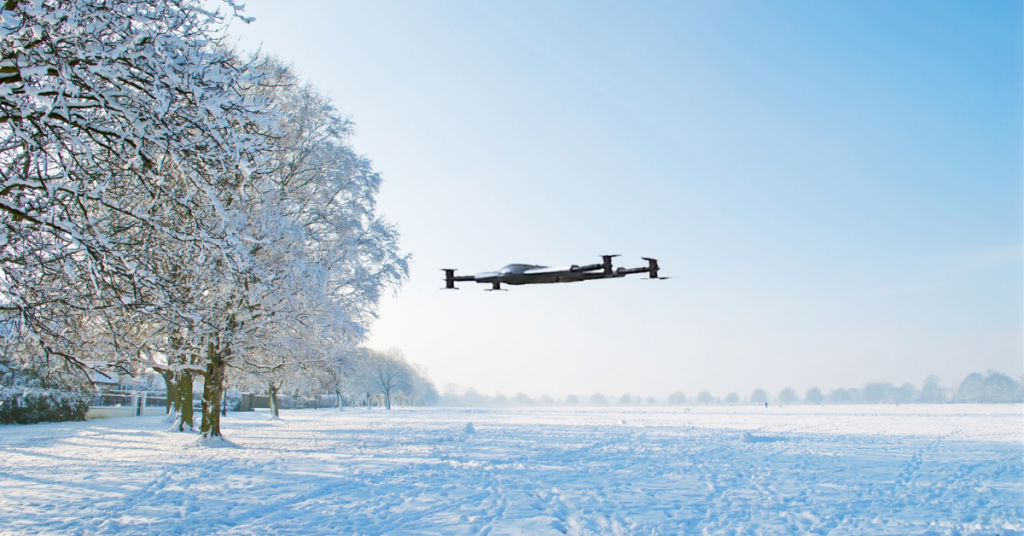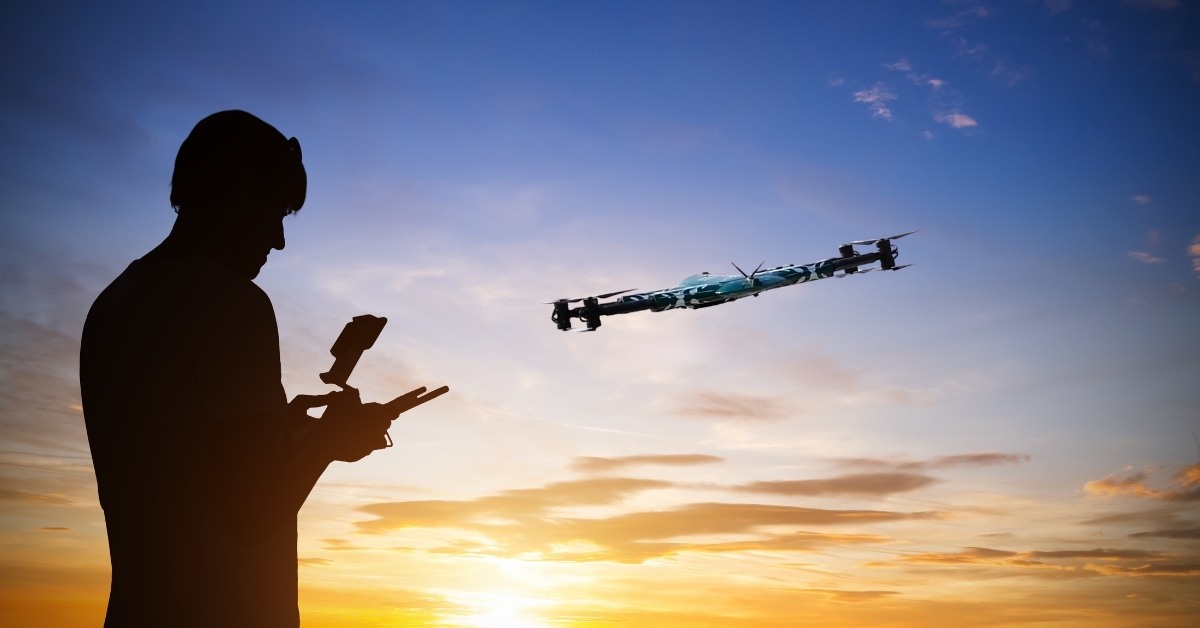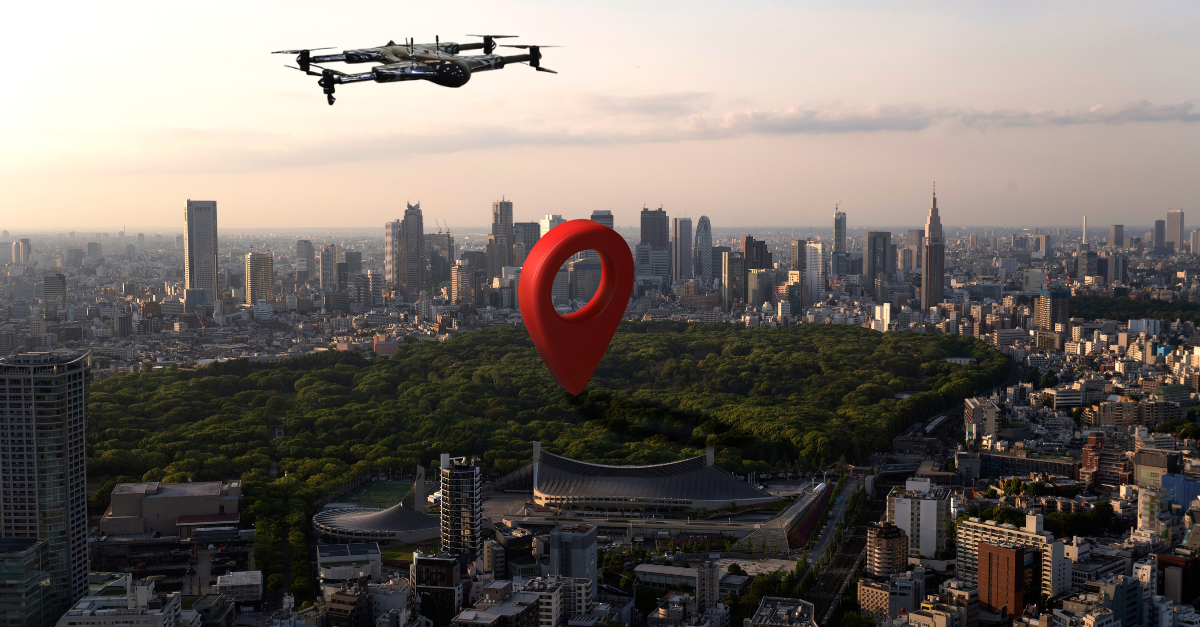10 Tips for Flying Your Drone in Cold Weather

Drone technology has become increasingly prominent in industries. Whether flying in a desert or the coldest areas, drones are your go-to eye-in-the-sky tool. So, drone accessories for beginners, such as those for improved stability flying in cold weather, can be helpful.
In this case, prepare your wallets to prepare for the drone camera accessories you might need and these top ten tips to keep your drones flying in cold weather.
Tip #1: Plan Things Out Before Flying
Before camping or going on an escapade to fly your drones in cold weather, ensure that you have things prepared before takeoff to keep everything at bay. Before you go, you can start by checking all your necessities, like drone types of equipment, your essentials, and drone controller accessories for better flight visibility and maneuverability.
These aspects are vital, and even when you know it will be cold weather, you can still check the weather forecast to see if it’s enough to fly out your drones without risking anything.
Tip #2: Pack Top-rated Drone Accessories
Accessories for drones are an often-overlooked yet crucial component of the drone flight operation. Accessories such as a carrying bag, SD cards, spare batteries, rotors, and ND filters will assist you in maximizing the performance and longevity of your drone. For more details, here are the top must-have drone accessories for flying out your drones in cold weather:
- Waterproof backpacks and drone carriers
- Drone controller sunshades
- Winter drone gloves
- Landing pads
- Battery bags
- Multi-chargers
- Additional attachments
You can have drone gear for a better flying experience, especially in challenging weather. Ensure you insulate your equipment and heat enough to keep things in top condition. When you’ve got all this setup, you’ll refrain from worrying whether you’re missing something necessary to shoot great photos or you’ll be warm enough.
Tip #3: Have a Checklist of Things/Places You Need To Capture
One of the things that you might not enjoy is freezing in the cold weather and not getting the right angles and data when flying your drones. In this case, you can get a review of the location you need to capture before takeoff. Apart from that, you can plan your route to make it easier to discover things and avoid obstacles such as mountains, towering trees, and more.
Tip #4: Ensure Batteries Are Charged Up
Lithium polymer (LiPo) batteries power the vast majority of commercial drones. Your drone’s LiPo batteries may not effectively work if subjected to extreme temperatures.
While operating at or below the lower limit of the drone’s operational temperature range, you must take additional safety precautions. The user manual for your drone should provide information on the optimal degree of temperatures in which to fly. With that, ensure that your batteries are also charged so they will not experience extra heat outside in the cold weather.
Tip #5: Maintenance Is Vital Before You Fly the Drone
Another essential factor you need to consider before you take off. As the temperature drops, the chemical activity of lithium batteries decreases significantly. As a result, it shortens the time your drone can stay in the air and can lead to unstable batteries, increasing the chance of it crashing.
It is critical to ensure that all batteries are entirely charged before takeoff and that you check them frequently throughout your flight. You can hover your drone for a few minutes at the outset of your flight to give the battery time to heat up. Keep an eye out for any unexpected drone battery status activities.
Tip #6: Keep Flight Visibility in Mind
Dangerous situations can arise for drone pilots during severe weather, such as thunderstorms, snowstorms, wind shear, icing, and fog. If rain is in the forecast, you should land your drone as soon as it is safe. Avoid flying in wet conditions like fog or snow, which might cause harm to your drone. Be sure your GPS signal is good, too. Among these preparations should be a well-charged mobile device and game controller.
Tip #7: Get Packed Up With Cold-weather Gear
Remember that you, as the operator, will need to be in peak physical condition in addition to your drone if you plan on flying it this winter. That being the case, you should bundle up before venturing into the chilly air with your drone. For a top-notch and seamless drone flight, you can use plenty of cheap drone accessories during the cold weather. If you have to fly your drone when it’s chilly outside, keep these things in mind:
- Layer up for cold-weather flights. It would help if you didn’t have to return home to grab a jacket and risk missing your flight.
- Put on a pair of touchscreen gloves to utilize the touchscreen controller and mobile device while keeping your fingers nimble.
- Wearing sunglasses can be helpful. A glare from the white reflective snow may prevent you from seeing your controller or hinder your field of vision.
- You can have someone assist you in carrying all your gear. There are affordable drone accessories that you can buy to keep your equipment in top condition. Plus, get the best footage without fogging your camera lenses.
Tip #8: Verify That the Drone’s Sensors Are Functioning Correctly
The drone’s sensors may malfunction if the temperature is shallow. Before taking off, you must ensure that all the sensors function correctly. Accessories for aerial photography with drones can be helpful in this aspect.
Hovering capabilities necessary for aerial photography and filmmaking are made possible by drones’ air pressure sensors. Drones can fly precisely because of the accelerometer, gyroscope, and barometric pressure sensor, and with accessories, you can streamline better performance, especially in unique weather forecasts.
Tip #9: Keep an Eye on the Charge Level
Keep a close check on the remaining battery life of your drone, as colder temperatures can cause it to discharge more rapidly. Always remember to carry along extra batteries so that you may enjoy a more extended flight.
Tip #10: Store Your Drones Properly After Using Them in Cold Weather
Ensure your drone is stored in a dry, warm place after each use to avoid damaging the electronics from humidity. Your drone’s batteries will undoubtedly perform worse in the cold. You can defog the lens by hovering for a minute after takeoff, equivalent to preheating the batteries.
Operators can wipe off any moisture left on surfaces during flight after landing to avoid damaging electronics. Keep your drone in a dry, indoor location and a case to safeguard it.
The Bottom Line
Using drones, which are great tools, has revolutionized how people record video and still images from above. As well as being fun to play with, drones may help capture stunning aerial footage and photographs.
Operators can fly drones in all kinds of weather. However, flying in cold weather presents unique challenges because of the wear and tear placed on the aircraft. With the tips above, you can keep your drones in good shape and get the correct information when they fly in cold weather.















